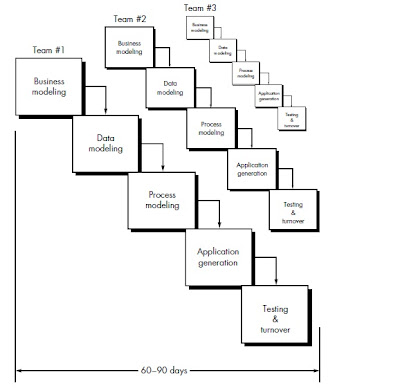Paket ini cocok banget buat kamu yang suka internetan semalaman suntuk sampai subuh. IM2 Broom Kalong..
Bisa download banyak lagu, film dan lainnya dengan kuota yang besar..
| Jenis Voucher | Harga
| Nilai
| Masa
| Masa
|
| Starterpack
| Rp 150.000 | Rp 100.000 | 1 Bulan | 60 hari |
| Voucher Isi Ulang/Top up | Rp 100.000 | Rp 100.000 | 1 Bulan | 60 hari |
- Pengaturan kecepatan akses dan threshold berlaku pada jam 00.00 s/d 06.00
- Pelanggan akan menikmati akses internet tanpa batasan volume dengan pembatasan kecepatan akses pada pukul 06.01 s/d 23.59
Ketentuan :
- Harga Starterpack/Perdana Rp 150.000
- Terdiri dari fitur Classic dan Unlimited
- Proses Registrasi dilakukan oleh pelanggan
Broom Kalong Fitur Classic :
- Kecepatan Akses <3.6bps
- Multiple Akses
- Tarif Broom Classic
Tarif Broom Classic
Jenis Voucher
Harga
Nilai
Quota
Masa Aktif
Masa Tenggang
SP Broom Kalong
Rp 150.000
Rp100.000
200 MB
60 Hari
90 Hari
Voucher isi ulang
Rp 150.000
Rp150.000
300 MB
60 Hari
90 Hari
Voucher isi ulang
Rp 100.000
Rp 100.000
200 MB
45 Hari
90 Hari
Voucher isi ulang
Rp 50.000
Rp 50.000
100 MB
30 Hari
90 Hari
Voucher isi ulang
Rp 50.000
Rp 50.000
50 MB
25 Hari
90 Hari
Voucher isi ulang
Rp 10.000
Rp 10.000
20 MB
7 Hari
90 Hari
- Bonus Kuota 100% jika pelanggan melakukan isi ulang dengan nominal voucher Rp100.000 (Bonus Kuota ini berlaku hingga 31 Desember 2010)
Broom Kalong Fitur Unlimited :
- Unlimited adalah fitur atau layanan dengan harga tetap, tanpa batasan volume pada periode masa aktif
- Single Akses
- Threshold sebesar 5 GB
- Isi Ulang per Bulan Rp 100.000
- Masa Aktif 1 bulan
- Masa Tenggang : 60 hari
- Kecepatan Akses Pukul 00.00 s/d 06.00 WIB adalah 1 Mbps s/d threshold 5 GB.
Setelah melewati Threshold 5GB kecepatan akses <> - Kecepatan akses Pukul 06.01 s/d 23.59 WIB adalah 16 Kbps
Dengan Broom Kalong Unlimited, kamu bisa mengaktifkan fitur Turbo Speed. Yuk cobain ngebut pake Turbo Speed.. Klik di sini yaa
Ada lagi lhoo yang baru dari IM2, yaitu Broom Peket Asik Unlimited. Cek infonya di sini!!!
Isi Ulang dan Top Up Broom kamu bisa dengan banyak cara :
- Bisa dengan membeli Voucher Indosat (IM3, Mentari dan StarOne) dan Voucher IM2 lebih dulu.
- Lalu top up di www.indosatm2.com/topup.
- Kamu bisa cek topup kamu berhasil atau gagal di : Member Zone Login. Klik aja https://www.indosatm2.com/index.php/secure-login
- Via SMS dari No Indosat juga bisa. Caranya : ketik “im2pre(spasi)nilainominal kirim ke 6789.
- Isi ulang via ATM (ATM Bersama, Bank mandiri, Prima, Alto, Panin, Permata, BNI, dan BCA) dan kamu tinggal ikutin langkah-langkah dari Bank tersebut.
- Internet Banking Permata : kamu masuk ke www.permatanet.com lalu ikuti setiap petunjuknya.
- SMS Banking Mandiri : im2pre(spasi)username(spasi)nilainominal kirim ke 9779.
- Via ISEV (Indosat Electronic Voucher) tinggal topup dari reseller dan berikan Customer ID Broom kamu.
- Mobile Top Up : http://m.indosatm2.com
- Website IM2 di www.indosatm2.com/topup
- Jika salah satu cara di atas sudah kamu lakukan, jangan lupa cek pulsa Broom kamu sudah bertambah atau belum. Cek di sini ya https://www.indosatm2.com/index.php/secure-login
Dapatkan Paket Broom Kalong ini di :
- IM2 Galeri (WIC/IBC) Klik di sini
- Oulet-Oulet Mitra IM2 Klik di sini




